-
072025-04
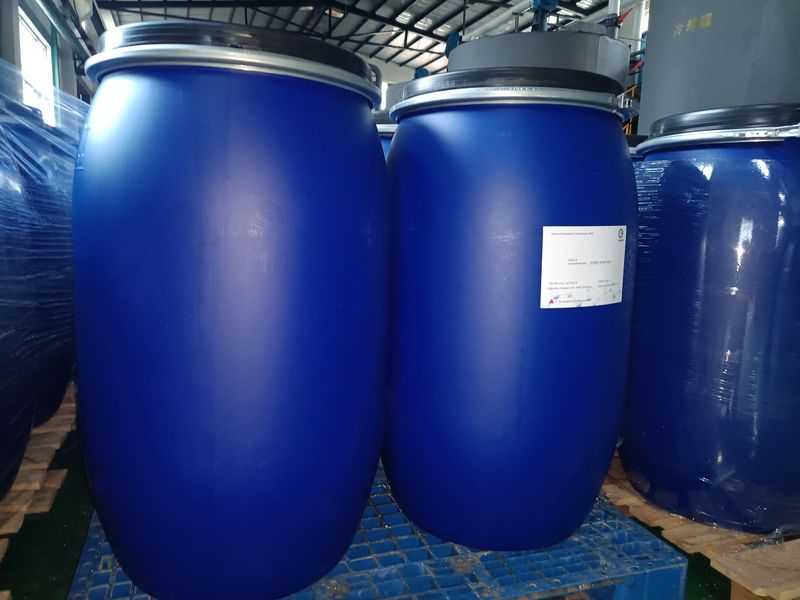 What Resin is Used for Uranium Extraction?Explore the crucial role of resins in uranium extraction for nuclear energy. Learn about the types of resins like strong base anion exchange resins, their working principles, and advantages. Discover different uranium recovery methods such as open pit mining, underground mining, and in - situ recovery. Understand how resin technology contributes to a more sustainable nuclear energy supply chain and what the future holds for uranium extraction resins.View More >1
What Resin is Used for Uranium Extraction?Explore the crucial role of resins in uranium extraction for nuclear energy. Learn about the types of resins like strong base anion exchange resins, their working principles, and advantages. Discover different uranium recovery methods such as open pit mining, underground mining, and in - situ recovery. Understand how resin technology contributes to a more sustainable nuclear energy supply chain and what the future holds for uranium extraction resins.View More >1 -
172025-03
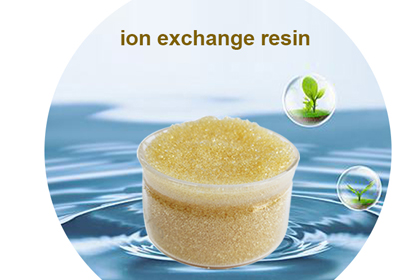 Cation Exchange Resin VS Anion Exchange ResinExplore the fundamentals of ion exchange resins, including cation and anion types, their working principles, and diverse applications in water treatment, biotechnology, and chemical processes. Understand how these resins purify, separate, and regulate ions to optimize industrial and scientific operations.View More >6
Cation Exchange Resin VS Anion Exchange ResinExplore the fundamentals of ion exchange resins, including cation and anion types, their working principles, and diverse applications in water treatment, biotechnology, and chemical processes. Understand how these resins purify, separate, and regulate ions to optimize industrial and scientific operations.View More >6 -
032025-03
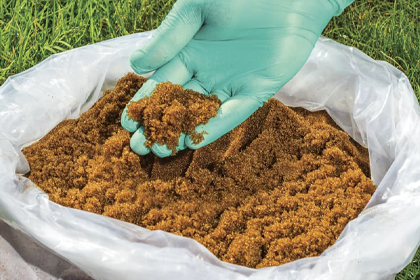 Applications of Ion Exchange ResinExplore the wide-ranging applications of ion exchange resins in industries like water purification, pharmaceuticals, nuclear power, food, chemicals, and textiles. Learn how they enable efficient processes and improve product quality.View More >4
Applications of Ion Exchange ResinExplore the wide-ranging applications of ion exchange resins in industries like water purification, pharmaceuticals, nuclear power, food, chemicals, and textiles. Learn how they enable efficient processes and improve product quality.View More >4 -
242025-02
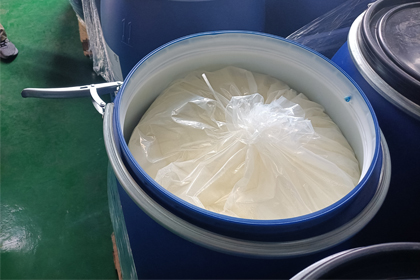 Why are Mining Giants Switching to This Resin?Discover how uranium extraction resins are transforming uranium mining with increased efficiency, reduced costs, and improved environmental performance. Explore the latest advancements in resin technology for ISL and conventional mining operations.View More >7
Why are Mining Giants Switching to This Resin?Discover how uranium extraction resins are transforming uranium mining with increased efficiency, reduced costs, and improved environmental performance. Explore the latest advancements in resin technology for ISL and conventional mining operations.View More >7 -
182025-02
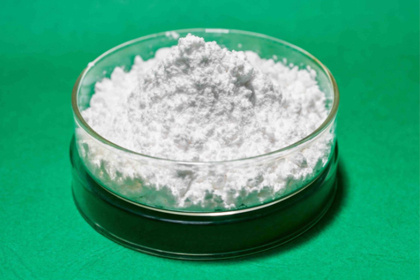 Succinic Acid Purification Ion Exchange MethodThis article provides a comprehensive guide on the purification of succinic acid using ion exchange resins. It covers the fundamental principles behind ion exchange, including the properties of succinic acid and the selection criteria for appropriate resins. Detailed operation steps are outlined, from resin pretreatment and feed solution preparation to adsorption, elution, and post-treatment processes. Common issues encountered during the purification process, such as low adsorption efficiency and elution peak tailing, along with their solutions, are discussed. The article also explores application scenarios, including industrial-scale purification and the purification of biological fermentation broths. Through these methods, succinic acid can be purified to over 99% purity, suitable for both laboratory and industrial production needs. Adjustments to process parameters may be necessary based on the specific characteristics of raw materials.View More >17
Succinic Acid Purification Ion Exchange MethodThis article provides a comprehensive guide on the purification of succinic acid using ion exchange resins. It covers the fundamental principles behind ion exchange, including the properties of succinic acid and the selection criteria for appropriate resins. Detailed operation steps are outlined, from resin pretreatment and feed solution preparation to adsorption, elution, and post-treatment processes. Common issues encountered during the purification process, such as low adsorption efficiency and elution peak tailing, along with their solutions, are discussed. The article also explores application scenarios, including industrial-scale purification and the purification of biological fermentation broths. Through these methods, succinic acid can be purified to over 99% purity, suitable for both laboratory and industrial production needs. Adjustments to process parameters may be necessary based on the specific characteristics of raw materials.View More >17 -
102025-02
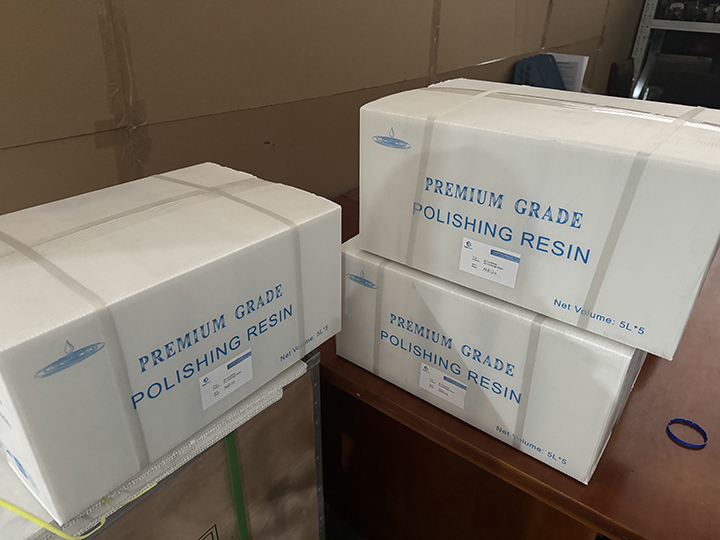 Differences Between Polishing Resin and Other Water Treatment ResinsThis article explores the distinctions between polishing resin and other types of water treatment resins, highlighting their unique applications and characteristics. Polishing resins are crucial for producing ultra-pure water in industries such as semiconductor manufacturing and pharmaceuticals, where even trace impurities can affect product quality. In contrast, other water treatment resins like softening and deionization resins address broader water quality issues, including hardness reduction and specific ion removal. The article delves into the structural differences, performance indicators, and practical uses of these resins, providing insights into selecting the right type for various applications. Whether you need high purity water or general water treatment solutions, understanding these resins' capabilities is essential for achieving optimal results.View More >9
Differences Between Polishing Resin and Other Water Treatment ResinsThis article explores the distinctions between polishing resin and other types of water treatment resins, highlighting their unique applications and characteristics. Polishing resins are crucial for producing ultra-pure water in industries such as semiconductor manufacturing and pharmaceuticals, where even trace impurities can affect product quality. In contrast, other water treatment resins like softening and deionization resins address broader water quality issues, including hardness reduction and specific ion removal. The article delves into the structural differences, performance indicators, and practical uses of these resins, providing insights into selecting the right type for various applications. Whether you need high purity water or general water treatment solutions, understanding these resins' capabilities is essential for achieving optimal results.View More >9

